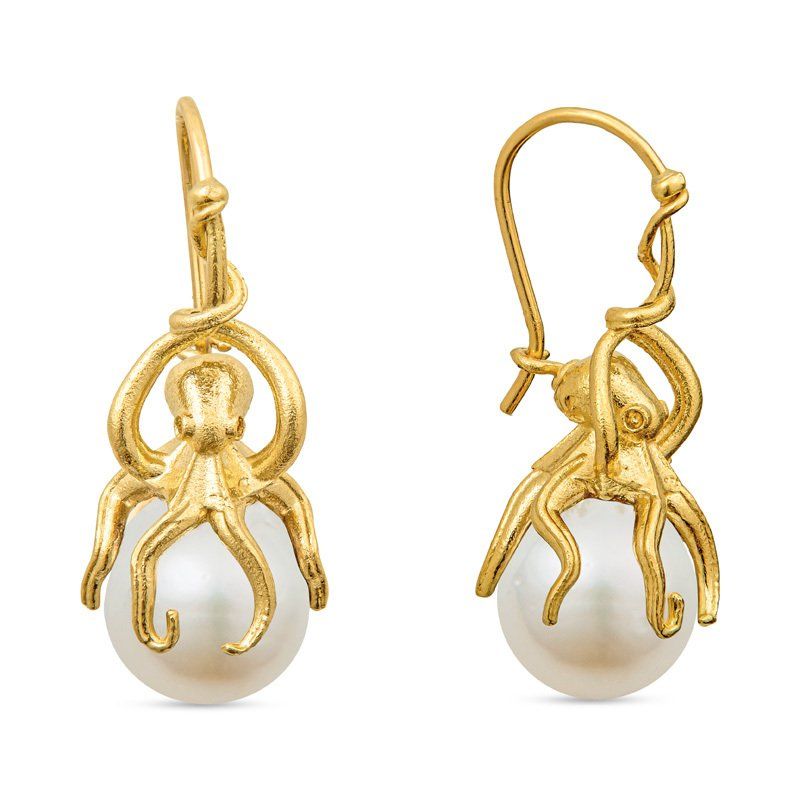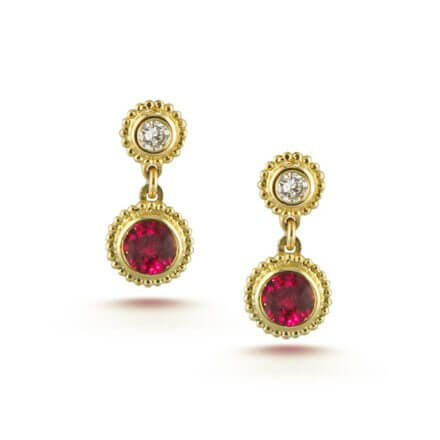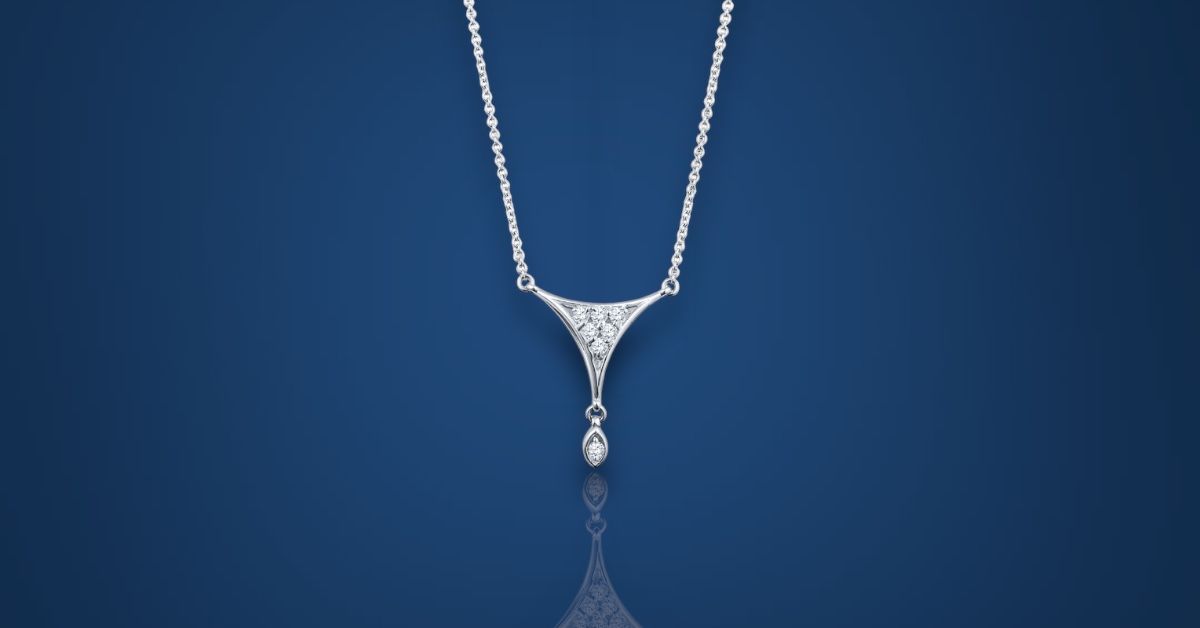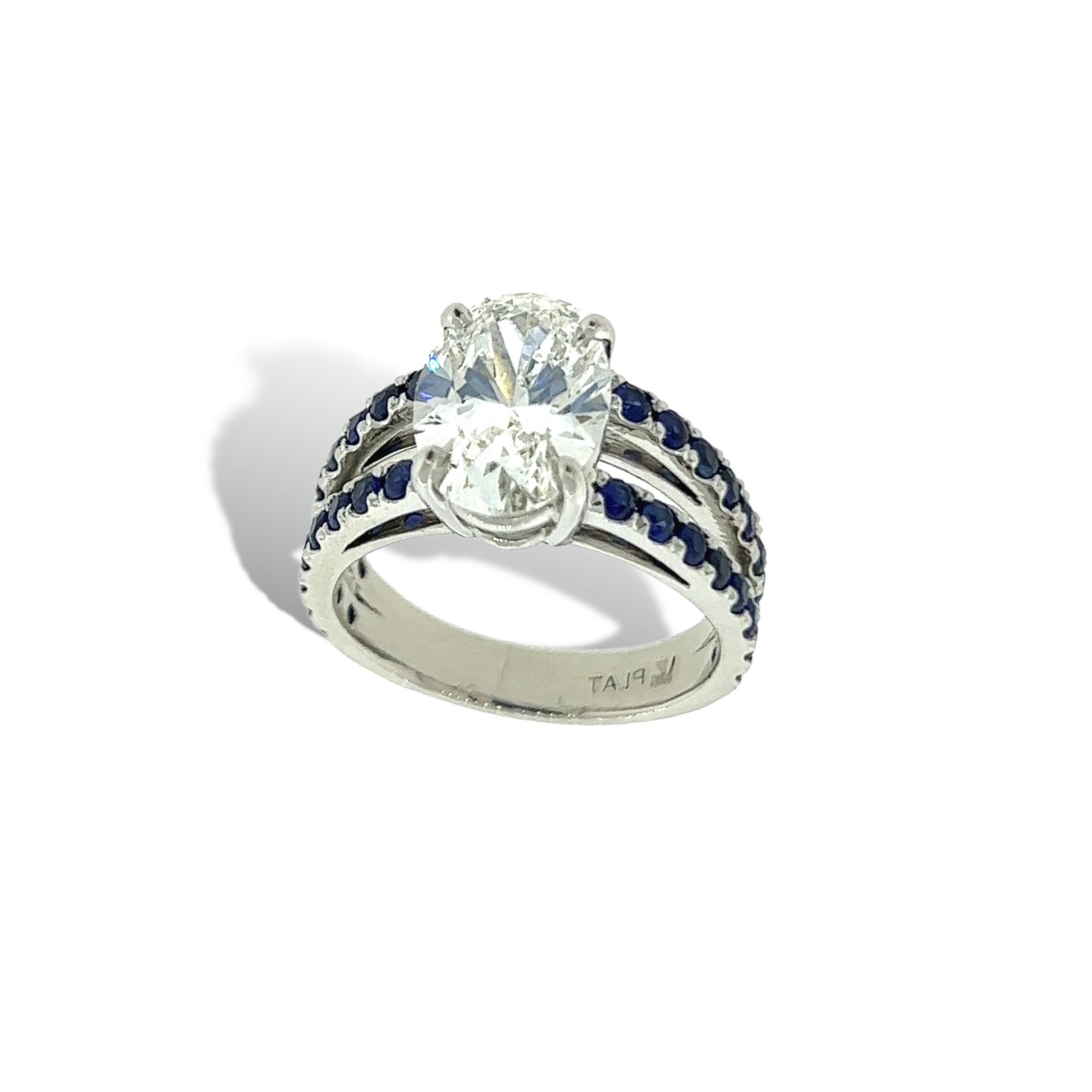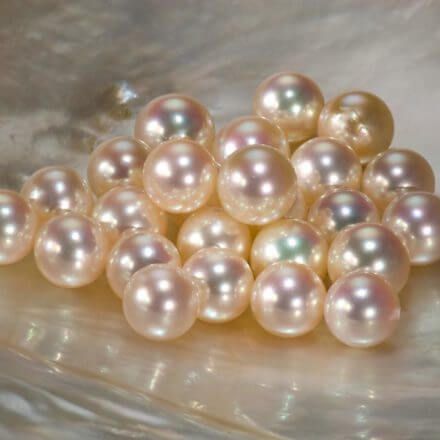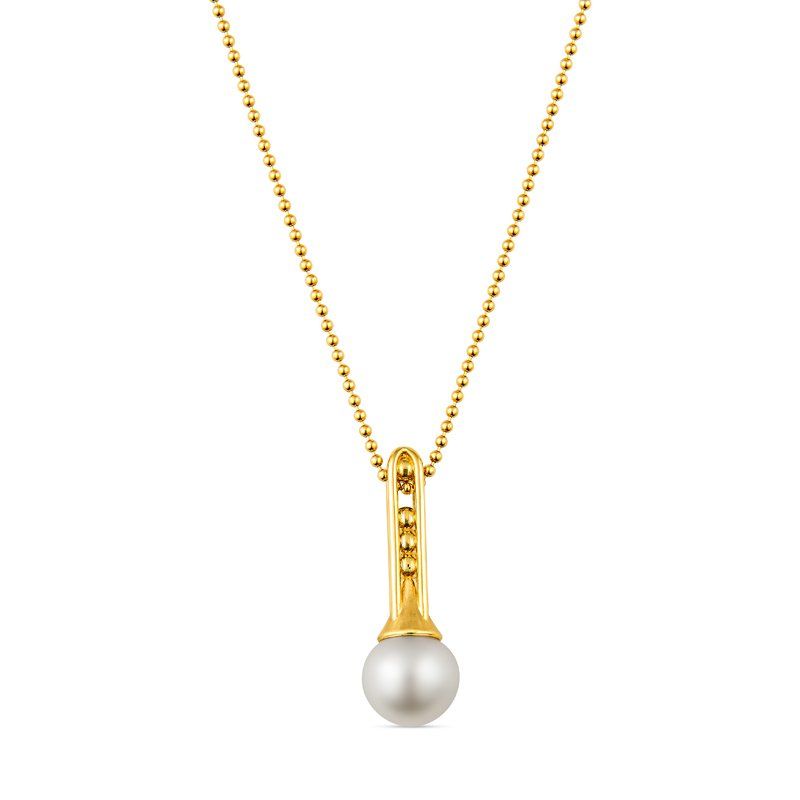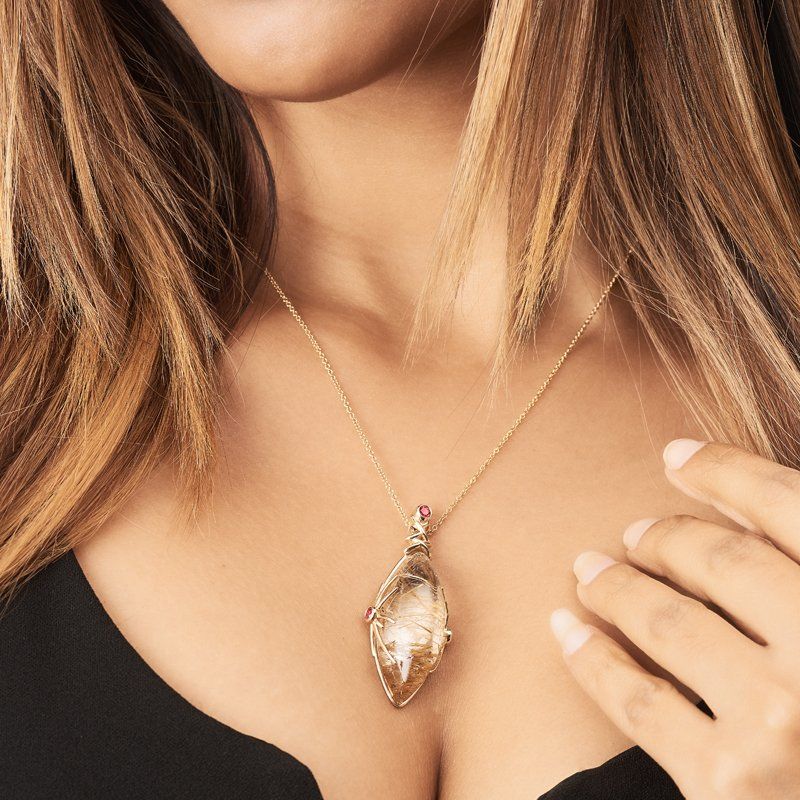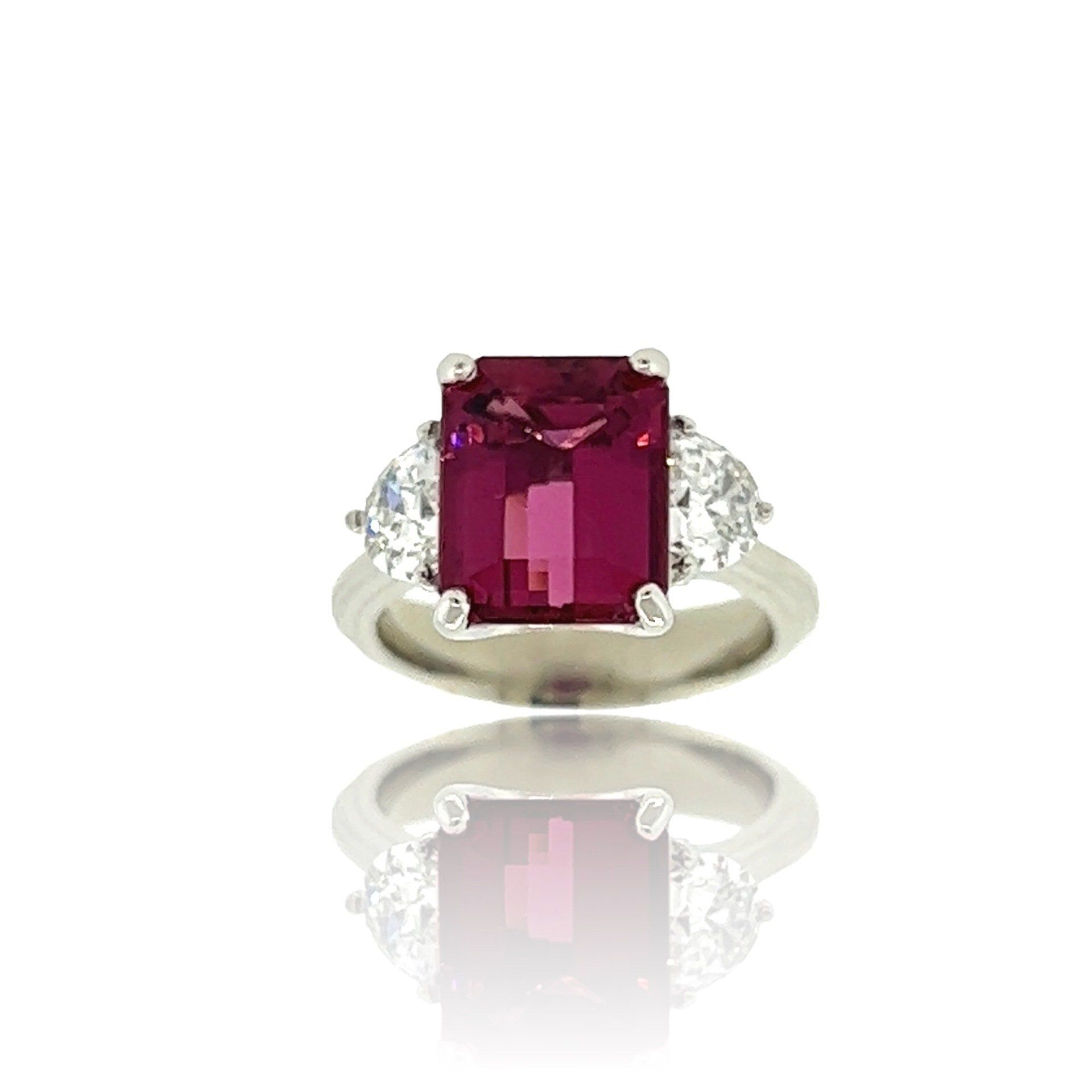Featured Kansas City Metalsmiths, Erica Voetsch & Robyn Nichols
On Monday the docents from the Nelson Atkins Museum
joined the staff at Jewelry By Design to welcome Kansas City Metalsmiths Erica Voetsch
and Robyn Nichols. They joined forces in a presentation on their silver pieces that are currently being displayed with the Cahn Silver Collection at the Nelson Atkins Museum.
Erica, a 2nd generation metalsmith said she was introduced to metalsmithing through her parents store, Jewelry By Design but then fell in love with the process in high school. A Bachelor of Fine Arts from KU followed as well as a semester studying in Finland. She has gone on to work with fashion designers at the 18th Street Fashion Show, become a key metalsmith at Jewelry By Design and has started her own line, Majendie , which is currently being shown in the Crossroads at Hadley.

Silver pieces by Robyn Nichols
Robyn Nichols is an accomplished silversmith who has sold jewelry and metal objects all over the world as well as having pieces in the Smithsonian. She has been working at her craft for 35 years having also found her love of metalsmithing in school. She wanted to take an extra art class but as a trade off the teacher told her that a donor had given the school metalsmithing tools that they didn’t know what to do with so she was ask to figure it out. She is self taught metalsmith with a strong art background having a degree from the Kansas City Art Institute. Her first love was botanical illustration and that passion still plays a prominent role in her silver work.

Silver Fascinator by Erica Voetsch
It was such a thrill to see these two metalsmiths describe their process. Even with the same tools in their toolbox each takes her own road in the production of a piece. Robyn is a self professed layerer of metals, she works sheet and wire through fabrication to create her floral inspired silver works. Erica also uses some of these techniques but also focuses on the use of casting in her works, including casting stones in place or building wax around organic things she has found to inspire her silver works.
We are excited to see what is next for these two. If you would like to read more about the Nelson Atkins special silver exhibition, this is a great article:
The post Featured Kansas City Metalsmiths, Erica Voetsch & Robyn Nichols appeared first on Official Jewelry By Design Website.
